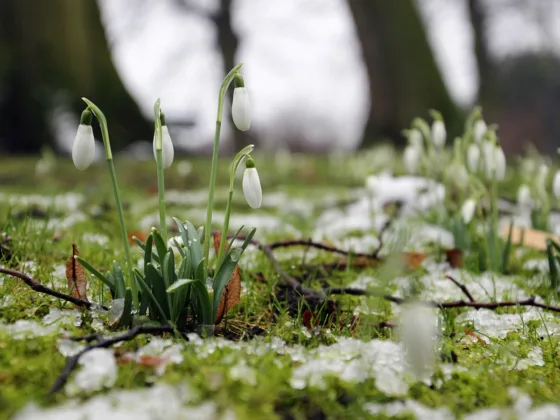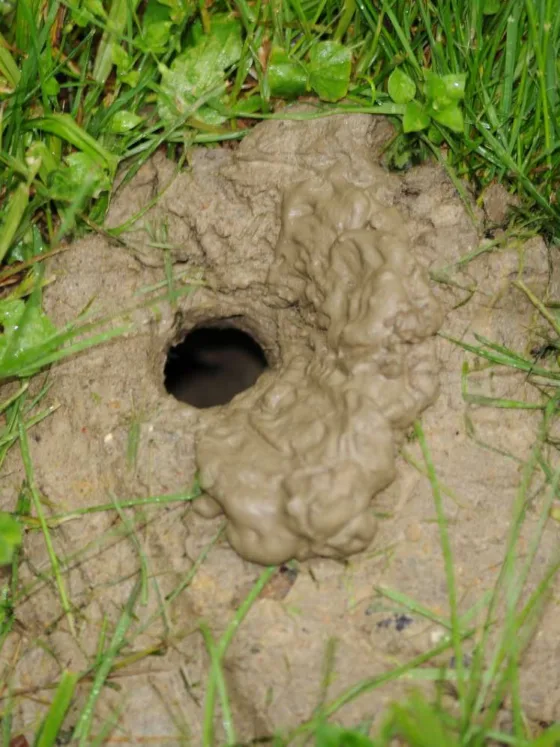Table of Contents Show
Fall Gardening: What Do I Do to My Plants?
The summer is over and it is time to think about fall gardening. So, what do I do to my plants?
Now that fall has arrived, you may be wondering “what do I do to my plants?”. Well, many plants that are used to being grown outdoors do admirably well when grown as houseplants.
Another option, for plants that have simply been too stressed by the high temperatures of the summer, is to dig them up and make them into compost or even a compost tea. Tubers, corms, and bulbs that have been spent can be either cut back and put into the compost bin or if they are frost sensitive, they can be dug up and stored for next year.
Plants That Can Be Brought Inside
Many plants that you would not think would do well indoors will grow quite well if extra care and maintenance are taken. Below are some ideas for plants that can be grown as house plants once the summer growing season is over:
Azalea:
- Azaleas can tolerate normal household temperatures as long as they are placed in a spot where they will receive bright indirect sunlight.
- While bright, indirect sunlight is best, avoid placing the azalea in a sunny window while it is in bloom as this can cause the flowers to fade. Once the azalea has finished blooming, it can go back to its previous location in front of the window.
- Never allow an azalea to dry out. Submerge the pot in a bucket or deep pan of water when it is time to water them. Remove the azalea when the bubbles stop rising and allow excess water to drain out before returning the plant to the saucer.
- Never let azalea wilt.
- Use a completely soluble fertilizer once every two weeks while the plant is inside.
- Keep all faded flowers removed to prevent disease and maintain an attractive appearance.
Chrysanthemums:
- Dig up your mums and report them in an appropriate-sized container.
- Place them in a window that gets bright light, but no direct sun.
- Keep the plant temperature at 70 to 75 degrees Fahrenheit during the day. Nighttime temperatures should be kept at 70 to 75 degrees Fahrenheit.
- In order to make your mums rebloom, pinch off all dead flowers, and move the pot outdoors to a sunny location during mild periods in the fall.
- With careful care and attention, mums can be kept indoors all winter long and brought outdoors to rebloom again in the spring.
Gardenia:
Note: Gardenias can be very particular about their growing environment, and it is not recommended to dig up an established gardenia to bring it indoors. Rather, the preferred method is to cover it with a sheet to protect it from any freezing temperatures. This section is intended for container-grown gardenias only.
- Plants prefer temperatures close to 60 degrees Fahrenheit at night and 70 to 75 degrees Fahrenheit during the day. Maintain fairly uniform temperatures within these ranges.
- Maintain uniform soil moisture with good drainage. Gardenias prefer slightly acidic soil, so it is best to feed with an acid fertilizer. If possible, use rainwater, especially if tap water is “hard” or alkaline. Never use softened water because of its high sodium content.
- Place in the sunny south or west windows.
Wrapping Them Up
For plants that cannot be brought inside the next best measure you can take is to start watering them less frequently so that they will begin to go into their dormancy stage for winter.
Once you have done this, and the first sign of frost has been forecast, use old sheets to cover up frost-tender plants. Tie them down to the ground with ropes and stakes.
Many of your perennials will need to be cut down to ground level at this point, but fear not, there is a healthy root system just below the soil waiting to send up tender green shoots during the springtime.
Gardening in the Fall
What do I do to my plants for fall gardening? Bring them in or keep them protected from the cold. As you can see, there is much more to fall gardening than just raking up fallen leaves. Take advantage of the cooler weather to rejuvenate some of your heat-stressed summer plants and beautify your home environment at the same time.
References
- University Of Missouri – https://extension.missouri.edu/publications/g6511
- University of Florida – https://edis.ifas.ufl.edu/publication/MG025
MAINTAINING A LAWN AND GARDEN
Learn all about what tasks are to be accomplished during each season in this series about maintaining a lawn and garden. “A Guide to Repairing a Garden In The Fall”, and ” A Guide to Preparing and “Maintaining a Lawn For Winter”, are both timely pieces for this season.
- A Guide to Repairing a Garden in the Fall
- Fall Gardening: What to Do with Plants
- Preparing and Maintaining a Lawn for Winter










